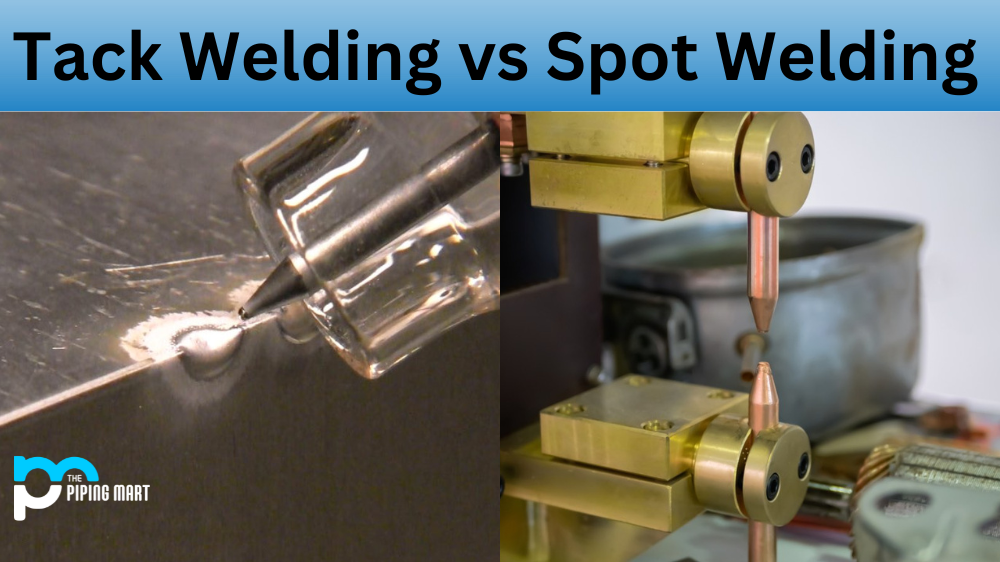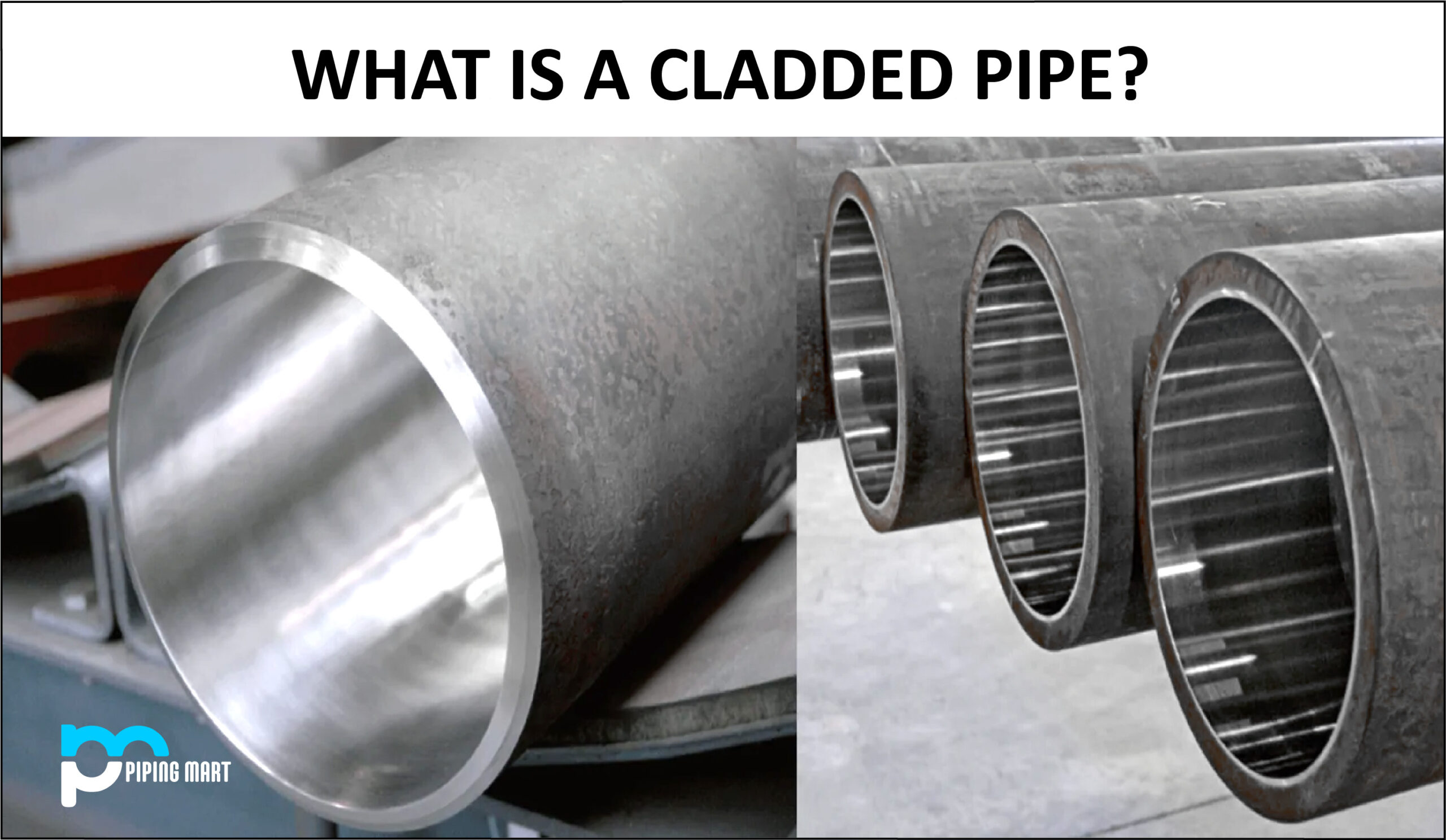In the world of welding, there are many different techniques and processes. Two of these techniques are spot welding and tack welding. While both are used in various applications, they differ in how they work. Let’s dive into the specifics to help you determine which process is best for your project.
What Is Spot Welding?
Spot welding is resistance welding that uses heat generated by an electric current to fuse two pieces. The current flows through two electrodes on each side of the metal pieces to be joined, creating an electrical resistance that generates heat. This heat melts and fuses the metal at the points it touches. A spot weld consists of multiple spots fused to create a strong joint.
Spot welding is commonly used in automotive manufacturing and sheet metal fabrication because it can quickly combine large numbers of pieces accurately and efficiently. It’s also great for projects involving thin sheets because it prevents warping or distortion during the joining process and creates a stronger bond than other methods, such as riveting or brazing.
What Is Tack Welding?
Tack welding is another resistance welding that uses electricity to join two pieces of metal together. However, unlike spot welding, tack welding is designed to create only one small spot weld at a time instead of multiple welds simultaneously. This makes it ideal for applications where precision is important since you can meticulously control exactly where each weld goes without worrying about accidentally overlapping or leaving gaps between spots. It’s also great for smaller projects since it requires less energy than spot welding, making it faster and more cost-effective than traditional methods like MIG or TIG welding.
Difference Between Tack Welding and Spot Welding
Advantages of Spot Welding
One advantage of spot welding over tack welding is that it creates a stronger joint between the two pieces of metal. This is because spot welding creates a fusion weld, which means that the metals are joined at the atomic level. Tack welding, on the other hand, only creates an electrical connection between the two pieces of metal. Another advantage of spot welding is that it is faster than tack welding, as it only takes a few seconds to weld two pieces of metal together.
Advantages of Tack Welding
One advantage of tack welding over spot welding is that it is less likely to cause warping or distortion in the welded metals. This is because tack welding does not apply as much heat to the metals as spot welding does. Tack welding can be done by hand, whereas spot welding requires special equipment.
Disadvantages of Spot Welding
One disadvantage of spot welding over tack welding is that it can be difficult to control the heat applied to the metals being welded together. This can lead to warping or distortion in the metals. Additionally, spot welding requires special equipment, which can be expensive and difficult to operate.
Disadvantages of Tack Welding
One disadvantage of tack welding over spot welding is that it does not create as strong a joint between the two pieces of metal. This is because tack welding only creates an electrical connection between the two pieces rather than a fusion weld like spot welding does
Conclusion:
Whether you need to join large numbers of pieces quickly or require precision when joining smaller parts, there’s a perfect solution out there for you! Spot welding and tack welding are excellent options for effectively and efficiently joining metals – all you need to do is decide which will work best for your project! With this guide, website owners now better understand the difference between spot and tack welding, so they can make more informed decisions when tackling their next big project!

A passionate metal industry expert and blogger. With over 5 years of experience in the field, Palak brings a wealth of knowledge and insight to her writing. Whether discussing the latest trends in the metal industry or sharing tips, she is dedicated to helping others succeed in the metal industry.




